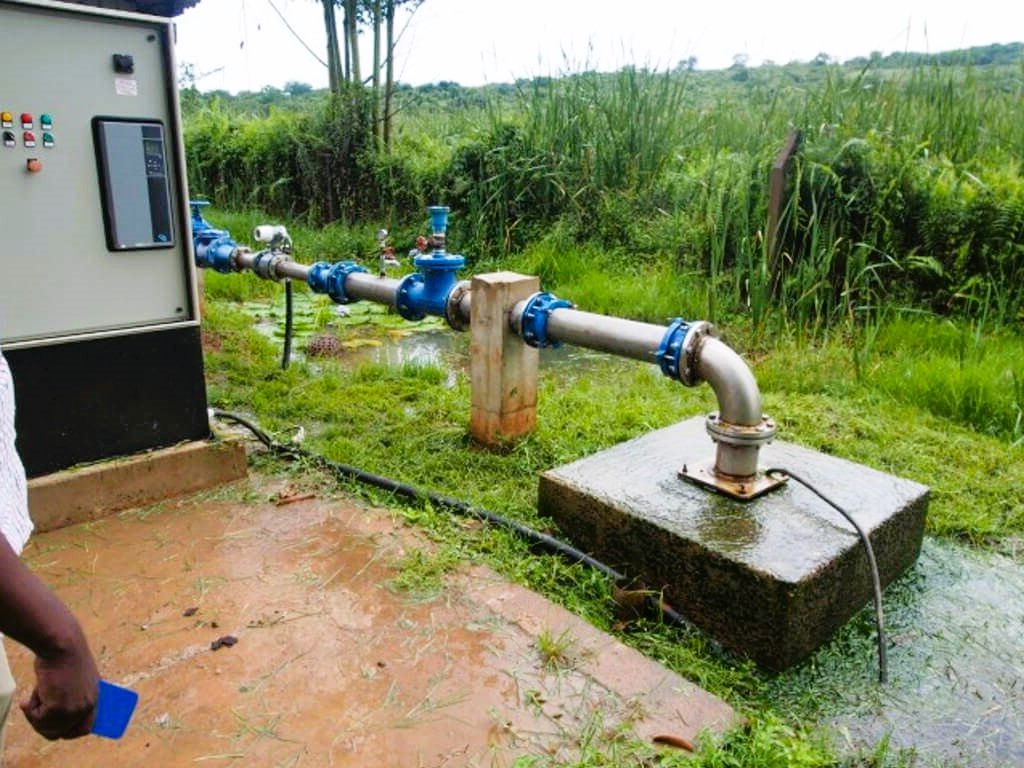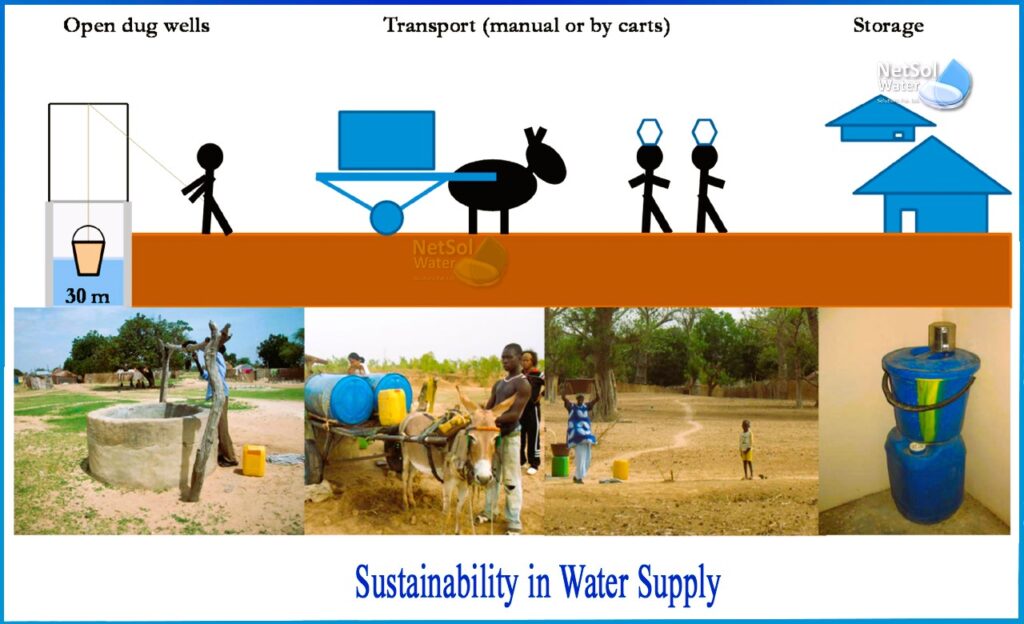Designing a Sustainable Water Supply System for Your Property
As global concerns about water scarcity and environmental sustainability continue to grow, the importance of designing a sustainable water supply system for residential and commercial properties becomes increasingly evident. A well-designed water supply system not only meets the immediate needs of a property but also contributes to water conservation and long-term environmental health. In this article, we will explore the key elements and considerations involved in designing a sustainable water supply system for your property.
Understanding the Need for Sustainability
Water is a finite resource, and designing a sustainable water supply system is essential for several reasons:
- Conserving Resources:
- Sustainable water systems aim to minimize water wastage, contributing to the conservation of this precious resource.
- Reducing Environmental Impact:
- Responsible water management practices help reduce the environmental impact of water extraction and distribution.
- Meeting Future Needs:
- Designing for sustainability ensures that water resources are available for future generations, addressing the long-term viability of water supply systems.
- Complying with Regulations:
- Many regions have regulations and guidelines for water usage, and designing a sustainable system ensures compliance with these standards.
Key Elements of a Sustainable Water Supply System

1. Rainwater Harvesting Systems
Rainwater harvesting involves collecting and storing rainwater for various uses on the property. This sustainable practice reduces dependence on traditional water sources and can be integrated into irrigation, landscape maintenance, and even indoor non-potable water use. Rainwater harvesting systems typically include gutters, downspouts, and storage tanks. We’ve found the best materials for durable and stylish window frames.
2. Greywater Recycling Systems
Greywater, which is wastewater generated from activities like laundry, dishwashing, and bathing, can be recycled for non-potable uses. Greywater recycling systems treat and filter this water for reuse in irrigation, flushing toilets, or other non-drinking purposes, reducing the demand on freshwater sources.
3. Efficient Irrigation Systems
Watering outdoor landscapes often accounts for a significant portion of residential water use. Sustainable irrigation systems, such as drip irrigation or smart irrigation controllers, help optimize water distribution, delivering the right amount of water directly to plants’ root zones. This minimizes water wastage and promotes healthier plant growth.
4. Native Landscaping and Xeriscaping
Choosing native plants that are well-adapted to the local climate and soil conditions reduces the need for excessive watering. Xeriscaping, a landscaping approach that focuses on water efficiency, emphasizes the use of drought-resistant plants, mulching, and soil improvement techniques to conserve water in outdoor spaces.
5. Water-Efficient Appliances and Fixtures
Indoor water use can be optimized through the installation of water-efficient appliances and fixtures. This includes low-flow toilets, water-saving faucets, and energy-efficient washing machines. Upgrading to these technologies reduces water consumption without sacrificing functionality.
6. Proper Water Metering and Monitoring
Implementing water metering and monitoring systems allows property owners to track water usage, identify leaks, and make informed decisions about conservation efforts. Smart meters and monitoring technologies provide real-time data, enabling proactive water management.
The Design Process for a Sustainable Water Supply System
The design process for a sustainable water supply system involves several steps:
- Site Analysis:
- Assess the property’s topography, soil composition, climate, and existing water sources to inform the design.
- Water Demand Assessment:
- Estimate the water needs of the property based on factors such as household size, landscaping requirements, and irrigation needs.
- System Selection:
- Choose appropriate sustainable water technologies based on the site analysis and water demand assessment.
- Integration of Technologies:
- Design a system that integrates rainwater harvesting, greywater recycling, efficient irrigation, and water-efficient fixtures for a holistic approach.
- Regulatory Compliance:
- Ensure that the design complies with local regulations and standards related to water usage and conservation.
- Construction and Implementation:
- Work with professionals to implement the designed water supply system, considering factors like installation, maintenance, and scalability.
Benefits of a Sustainable Water Supply System

- Resource Conservation:
- Reduces reliance on traditional water sources, conserving freshwater resources.
- Cost Savings:
- Sustainable systems can lead to reduced water bills and potential rebates or incentives for eco-friendly practices.
- Environmental Stewardship:
- Contributes to environmental sustainability by minimizing the impact on ecosystems and natural water sources.
- Resilience to Drought:
- Sustainable water supply systems provide a level of resilience during periods of drought or water scarcity.
- Property Value Enhancement:
- Homes and properties with sustainable features are often more attractive to environmentally conscious buyers, potentially increasing property values.
Conclusion
Designing a sustainable water supply system is a proactive and responsible approach to address the challenges of water scarcity and environmental impact. By incorporating rainwater harvesting, greywater recycling, efficient irrigation, and other sustainable practices, property owners can contribute to a more resilient and eco-friendly future.
If you want to explore a broader range of information on water management, check out the relevant details on Wikipedia. Remember, sustainable water practices benefit both property owners and the broader community by ensuring the responsible use of this vital resource.

